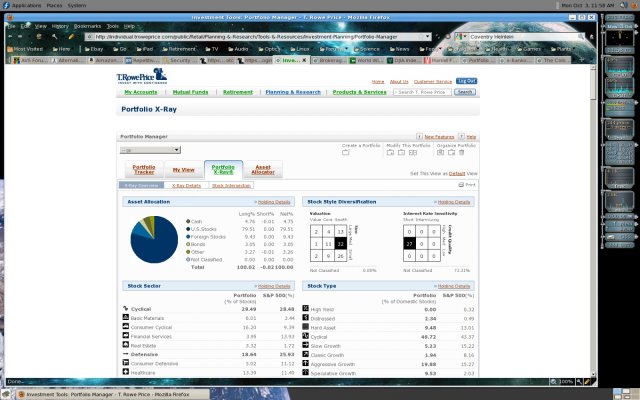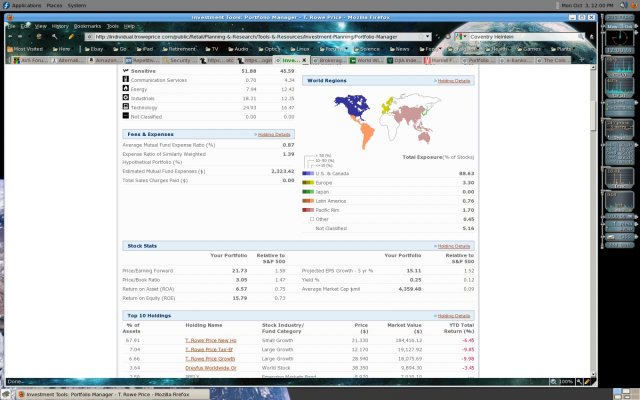justplainbll
Recycles dryer sheets
For the last 10 or so years, I've been downloading the symbols, closing prices, ttm earnings per share, annualized dividends per share, and ex-div dates for all (some 200+) of my equity and mutual fund holdings on a more or less daily basis from Yahoo-Finance. Because these positions are held in over a half dozen accounts, I find it helpful to generate a consolidated position recap report.
What might be some alternative sources for accessing and downloading the above described data to a delimited text file for upwards of 300 equity issues and mutual funds?
What might be some alternative sources for accessing and downloading the above described data to a delimited text file for upwards of 300 equity issues and mutual funds?




